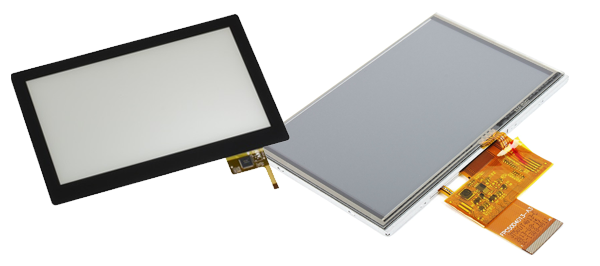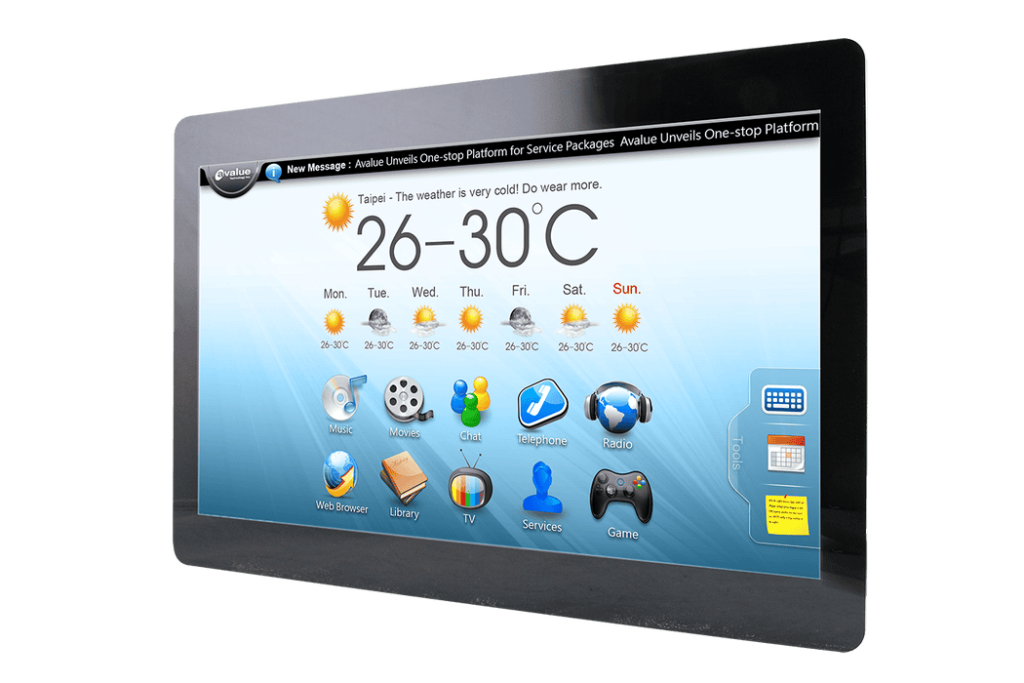+44 (0)1634 791600
info@crystal-display.com
Newsletter Sign Up!
+44 (0)1634 791600
info@crystal-display.com



Displays in the automotive industry are increasing in importance, the size and number of displays are now key indicators of a vehicle’s technological content and innovation, influencing buyers’ perceptions much like horsepower once did. Whether the engine is internal combustion, hybrid, or electric, the display size significantly impacts the perceived capabilities of the vehicle. Automakers are increasingly prioritizing advanced human-machine interface (HMI) displays to make a strong first impression, and Organic Light Emitting Diode (OLED) technology is playing a crucial role in this regard. OLED displays not only enhance initial impressions but also offer substantial benefits to both users and cockpit designers.
A report by the Korea Display Industry Association (KDIA) predicts that the global automotive display market will grow at an average annual rate of 7.8%, from $8.86 billion in 2022 to approximately $12.63 billion by 2027. The adoption of OLED displays is a significant driver of this growth. Although OLEDs accounted for only 2.8% of the market share in 2022, this is expected to rise to 17.2% by 2027.
Advantages of OLED Technology
OLED technology offers several advantages over traditional liquid crystal display (LCD) technology, which has been the mainstay in automotive displays. The high-quality visuals and thin form factor of OLEDs, already popular in consumer electronics, are now being embraced by the automotive industry for both aesthetic and functional reasons.
True Black and High Contrast: OLEDs are emissive displays, meaning that when a pixel is off, it emits no light, achieving true black. This is in contrast to LCDs, which block light from a backlight unit, resulting in dark grey instead of true black. OLEDs provide higher contrast and avoid issues like blooming or haloing seen in LCDs with local dimming.
OLED technology aids automakers in overcoming several design challenges:
Concerns about OLED technology, such as burn-in effects and brightness issues, have been addressed with advancements like the two-stack OLED or Tandem OLED structure, which increases brightness and disperses energy for higher stability and longer lifespan. These improvements have led to increased adoption of OLED displays in high-end vehicles.
The Importance of Touch Interface
A reliable touch interface is critical for user experience, especially in vehicles where conditions can vary widely. Automotive touchscreens must support gloved-finger operation, be electromagnetically compliant, and meet safety standards like ISO26262 ASIL-B. OLED technology uses on-cell touch designs, which, while thinner and lighter, present challenges such as higher capacitive load to the ground. Effective touch controllers must address these challenges with high signal-to-noise ratio (SNR) sensing, powerful noise cancellation, and efficient signal processing.
OLED technology offers significant advantages in automotive display applications, providing high-quality visuals, energy efficiency, and innovative design possibilities that enhance both aesthetics and functionality. As Crystal Display Systems Limited continues to integrate advanced display solutions, the adoption of OLED displays is set to transform the automotive industry, meeting the evolving demands of modern consumers, and positively influencing purchasing decisions.